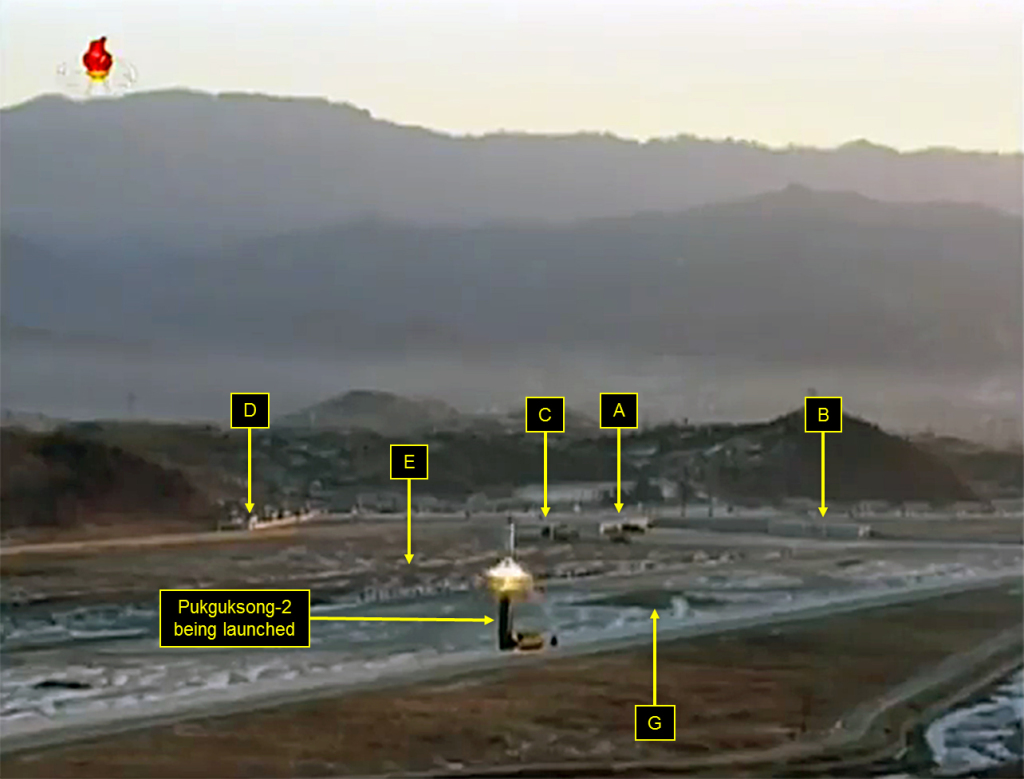Washington prepares to bring North Koreans to U.S. for talks: report
Reuters: Preparations are under way to bring senior North Korean officials to the United States for talks with former U.S. officials, the first such meeting in more than five years, The Washington Post reported on Sunday.
The talks would be the clearest indication yet that North Korean leader Kim Jong Un wants to communicate with the new Trump administration.
Planning for the “Track 1.5 talks” is still in a preparatory stage, the Post reported, citing multiple people with knowledge of the arrangements.
That name, reflecting planned contact between former U.S. officials and current North Korean ones, is a reference to what are known as “Track 2” talks involving former officials on both sides.
The U.S. State Department has not yet approved the North Koreans’ visas for the talks, the newspaper said.
A State Department spokesman commented to Reuters only that Track 2 meetings “routinely” take place on a variety of topics around the world and occur independent of the U.S. government.
A White House official commented that the U.S. government had no plans to meet with North Korea.
North Korea’s testing of an intermediate-range ballistic missile drew international condemnation last week. President Donald Trump told a news conference after the test: Obviously North Korea is a big, big problem and we will deal with that very strongly.”
***
Who is suggested to attend this confab, Bill Richardson? Can the representatives of the United States be in talks with North Korea without including Iran, China or Russia? Not likely. It was not all that long ago that President Trump took a phone call from Taiwan which infuriated China. Trump said he would not be dictated to by China, only to later say he stood for a one China policy. How does China point to policy matters regarding North Korea?
***
NewsMax: The U.S. policy of maintaining sanctions and military pressure on North Korea while refusing to talk to the country isn’t working and will only make matters worse, a Chinese official said Saturday, venting Beijing’s impatience with the stalemate over its isolated neighbor.
“China just keeps on telling you this is not working, although we’re going along with you,” Fu Ying, who chairs the Foreign Affairs Committee of China’s legislature and was a vice foreign minister until 2013, said at the Munich Security Conference. “You have to realize — without talking with them, you will only drive them in the wrong direction further.”
Fu was flanked on stage by South Korean Foreign Minister Yun Byung-se and U.S. Senator Dan Sullivan, an Alaska Republican, in a rare public airing of differences between the U.S. and South Korea on the one side, and China on the other. President Donald Trump has repeatedly demanded China do more to rein in its neighbor and force it to abide by United Nations Security Council resolutions aimed at curbing the North’s nuclear ambitions.
Earlier Saturday, China’s Ministry of Commerce said it will halt coal imports from North Korea through the end of the year, stripping Kim Jong-un’s regime of a crucial source of income. No reason was given, although analysts pointed to the murder earlier this week of Kim’s older half-brother, Kim Jong Nam, at a Malaysian airport. He had lived outside North Korea for many years and had close links to China.
Trump’s administration is pushing forward with plans to deploy a missile-defense system known as Thaad in South Korea. Concerns over North Korea’s intentions were only inflamed after the regime carried out a missile test on Feb. 12. More here from NewsMax.
***
There is full and joint collaboration between Iran and North Korea on missile development and testing. Those launched by both countries are coordinated.
Pentagon: Iran Tested a Ballistic Missile With North Korean Origins
Missile tested by Tehran originally came from Pyongyang.
Pentagon identified the July 2016 missile as a locally produced version of the Musudan, a North Korean intermediate-range missile. Also known as the Hwasong-10, the missile is allegedly derived from an obsolete Soviet Cold War missile, the R-27 Zyb.
The Musudan has been adapted from a submarine-launched missile to a road-mobile missile, and is launched from 12-wheeled heavy transporters. The missile has a payload of 2,000 to 2,500 pounds and a theoretical maximum range of 2,500 miles. The range of the missile is open to some debate because so far, despite Pyongyang’s claims to the contrary, it hasn’t been successfully tested. North Korea may have launched as many as eight Musudans in 2016 alone, and not a single launch was considered successful by outside observers. More here.
***
On Sunday, February 12, 2017, North Korea conducted the first test launch of its “Pukguksong-2, solid-fuel missile,” a land-based version of the KN-11 Pukguksong-1 submarine-launched ballistic missile (SLBM), but not from the facility that almost all media sources have reported.[1] The development of the Pukguksong-2 was not unexpected and the system successfully flew a lofted trajectory, reaching an estimated altitude of 575 km and flying approximately 500 km before falling into the East Sea (Sea of Japan).[2]
Almost all initial reporting indicated that the missile was launched from the Panghyon Airbase in North Pyongan Province, located in the northwest. When, however, North Korea released still and video imagery of the test it was clear to North Korea watchers that the test was not conducted from the Panghyon Airbase, but from the Iha-ri Vehicle Testing and Driver Training Facility approximately 9.5 km to the north-northeast.[3] The choice of the Iha-ri facility was undoubtedly due to its proximity (only 5 km) to the No. 95 Factory (Kusong Tank Factory) where it is believed the transporter-erector-launcher (TEL) and its support vehicles were designed and manufactured.[4] It is likely that the Pukguksong-2 pre-test imagery released by North Korea was taken here. Read more here.
An overview image of the Pukguksong-2 launch and Iha-ri Facility. Seen in the background are the preparation shed [C], headquarters and administration buildings [A and B] and the security wall [D]. The propaganda placards [E] and inclined vehicle test hill [G] are visible in the foreground.


 CNBC
CNBC



 Vanity Fair
Vanity Fair